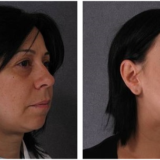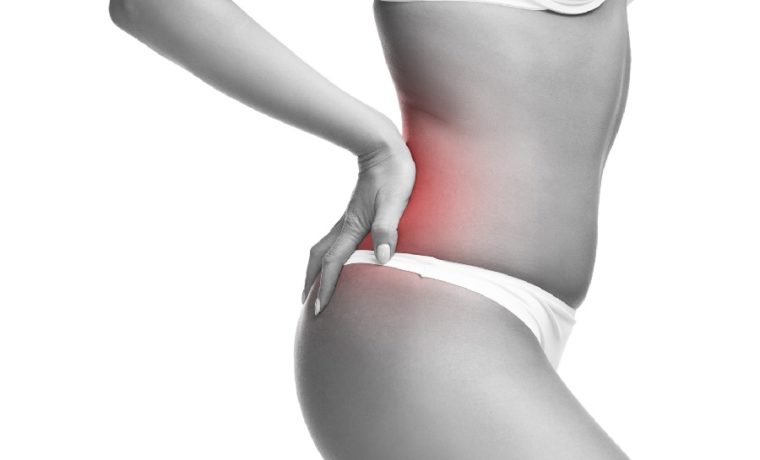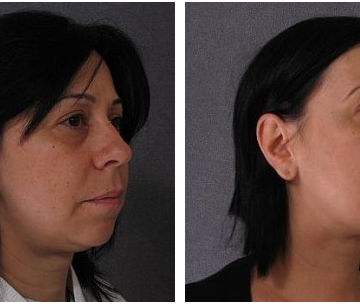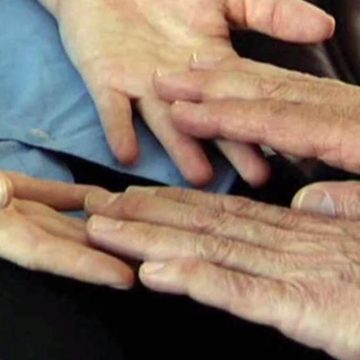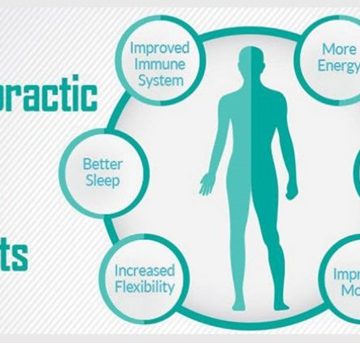Sciatic neuralgia is an inflammation of the sciatic nerve producing sharp pain along one of the two sciatic nerves at the back of each leg. The pain is felt mainly in the buttocks and thighs on the same side. Sometimes, in case of severe irritation of the nerve, the pain can spread to the foot. Sciatic nerve pain is often intermittent. The inflammation calms spontaneously after a few days. Nevertheless, if nothing is done to relieve the nerve, inflammation becomes more and more frequent until sometimes becoming permanent and disabling.
Several types of lumbar problems are likely to cause sciatica. In the majority of cases the cause is a disc herniation; but sciatica can also be triggered by disc disease or disc degeneration and by the formation of osteophytes or “parrot beaks” on the vertebrae (osteoarthritis) or because of stenosis of the spinal canal or for aminous stenosis.
Treatment of sciatica Causes of sciatica
Sciatica is a symptom that is the result of a problem in the lumbar vertebrae such as disc herniation, discopathy, osteoarthritis or stenosis. Finding the cause of sciatica comes down to finding the cause of these problems. However, it should be noted that inflammation of the sciatic nerve is not constant. This means that for the same pressure exerted on the nerve by the hernia or other, the nerve can function normally without pain or be inflamed and generate pain. More information can be found at https://nydnrehab.com/what-we-treat/back-pain-and-neck-pain/sciatica/ .
Fighting inflammation is therefore a way to quickly dispel the pain of the sciatic nerve. Disc herniation occurs when the cells of the intervertebral disc age, dry out and are no longer regenerated and replaced by new cells. The peripheral tissues of the disc then lose the ability to contain the core of the disc which comes out of it to form the hernia. The same process of accelerated cellular aging is at the origin of the sciatica triggered by a discopathy or an arthritic degeneration.
The main causes of this cellular aging process are an inadequate supply of oxygen, water and nutrients, as well as poor carbon dioxide evacuation. These functions are normally performed by the circulatory system and therefore by the blood. Even if the vertebral discs are avascular (not directly supplied with blood), they depend on a sufficient blood supply to supply oxygen, nutrients and water and to remove carbon dioxide. These exchanges are performed with the blood through capillary exchange that takes place across the surface of the vertebral disk.
The avascular nature of the intervertebral discs makes them all the more vulnerable to an insufficient blood flow. Healthy vertebral discs have a high water content at the center, in the nucleus. A well-hydrated core is essential to the disc’s functions. The amount of water in the disc is not stable and varies over a twenty-four hour cycle. It dries out gradually during the day and recharges in water at rest, during the night. A sufficient blood circulation in the back is therefore essential in order to allow the disc to recharge in water (a healthy blood is made up of 90% water).
